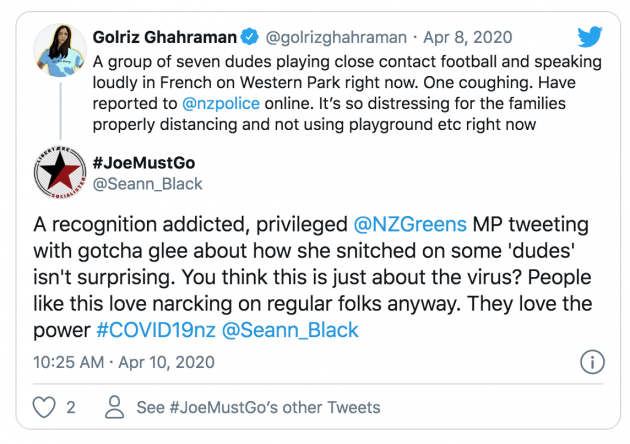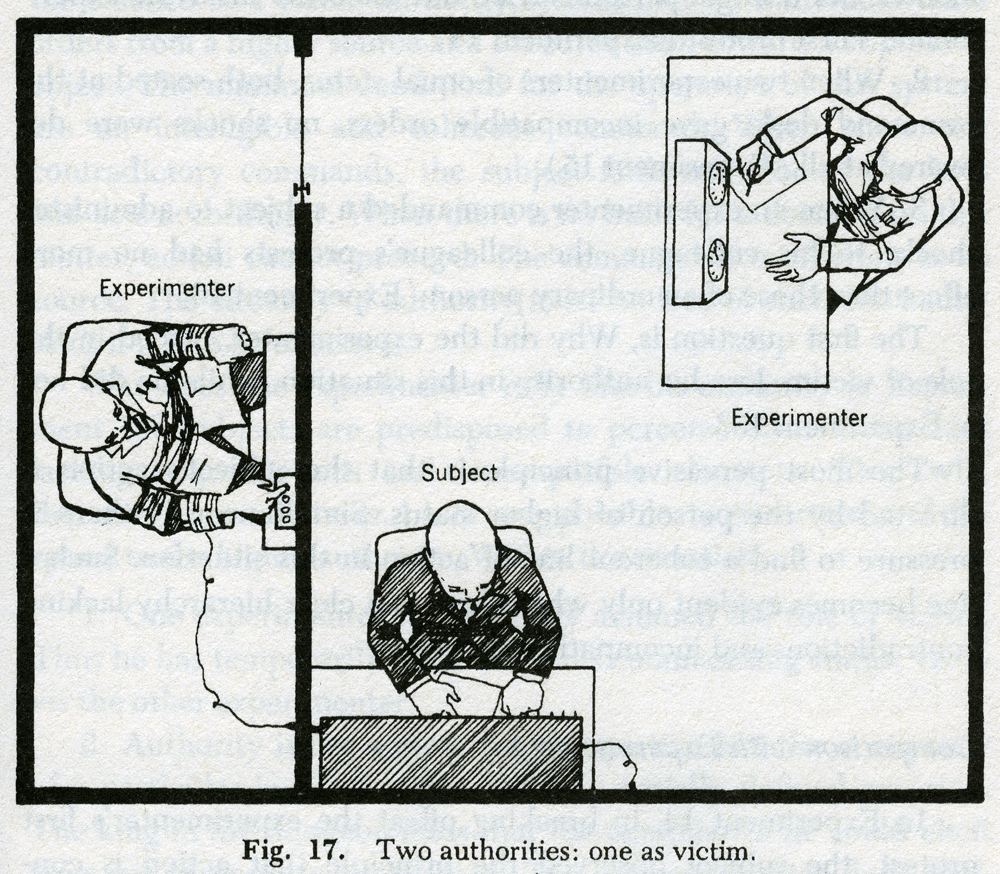Kristy
While many are happy we are now in level two I woke up, turned the radio on, heard the COVID ad for contact tracing and felt like I was part of a “1984” social experiment. Much like the Milgram social experiment of days gone by, this experiment wouldn’t get ethical approval today but the experiment would go something like this:
Rationale – to study mass compliance to rules using fear as a motivator.
First, the researchers would need to find an island full of residents to experiment on. They would need to ensure that the residents were unaware that they were part of a social experiment. New Zealand would fit that description. Next, they would choose one or two people who would agree to act as leaders to deliver the message the researchers wanted on a daily basis.

Second, researchers would find something to scare the residents into voluntary submission. Something that would convince them that they needed to stop work and stay at home. There are too many science fiction films these days for people to believe in aliens (like Orson Welles’s War of the Worlds radio broadcast that people believed was true) so researchers would need to choose a real virus but tell the residents that it was much worse than it really was.
Researchers would also need to pay the media to broadcast scary notices continuously and to publish articles with high ‘what could happen’ numbers to keep the residents fearful. To ensure that those who were not fearful would comply, they would need to make it easy for other residents to report them for not following the rules. This part would be effective for as long as the majority of residents continued to believe that the threat is real.
Thirdly, when people got restless and started asking too many questions (results show around week 4) researchers would need to move the experiment into what they could tell people was level 3 (which is really level 4 with a new name and one or two extra things allowed), all the while taking notes to see how the people reacted to the new so-called level. (It’s a social experiment, remember). Media messages to comply would need to continue and residents would still be encouraged to report others for not complying.

The fourth part of the experiment would start when it became obvious that the residents inside the experiment were becoming restless and starting to push back. At this point, the focus of the experiment would change. Instead of trying to keep people at home there would need to be a push to convince them to allow the government to track all of their movements at what would be called level 2.
At this point, the residents would be allowed to drive almost anywhere and most will be able to return to work. However, it would still be important to stop some of the residents from returning to work to keep up the appearance of danger as this would help keep fear alive. The research plan would require the media messages to continue but the message would change from staying home to contact tracing – mostly through businesses requiring them to keep records of customer details. This step should continue for as long as the natives of the island complied.
The fifth step would be to allow all residents back to work and all buildings to open for various activities such as worship in churches, but to continue to ask for contact tracing information.
The sixth step would be for the researchers to stop the experiment and leave the island to its own devices so that it could appear to go “back to normal” even though their normal had now changed. The researchers at this point wouldn’t care because they by then would have all the evidence they need to prove how easy it can be to get the majority of people to comply using fear as a motivator.
Note: The researchers will publish their research results in a book several years later as a how-to manual for governments that is not freely available to the public. There will be some leakage of information and some residents of the island will realise that they were part of an unethical social experiment. However, others will call it a conspiracy theory and will refuse to believe it. The research results will show that the majority are easily led, willing to comply and willing to report those who don’t comply to the authorities.
If you enjoyed this BFD article please consider sharing it with your friends.

